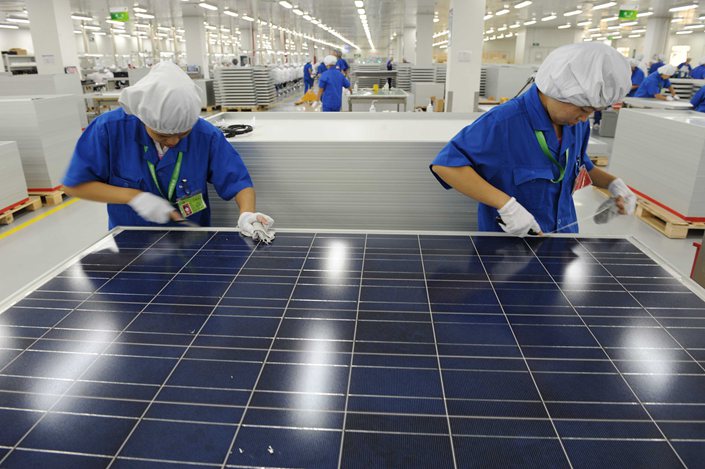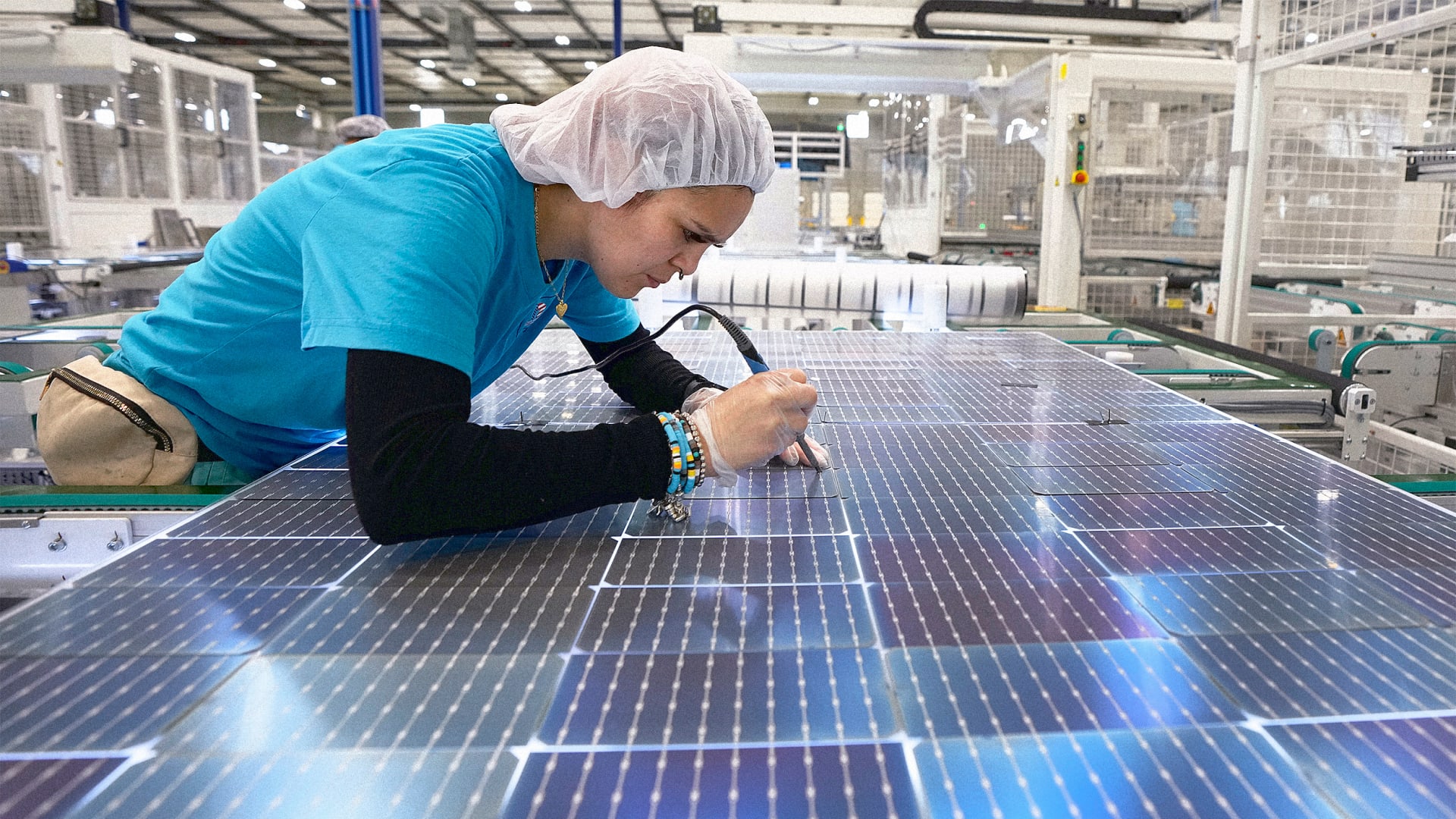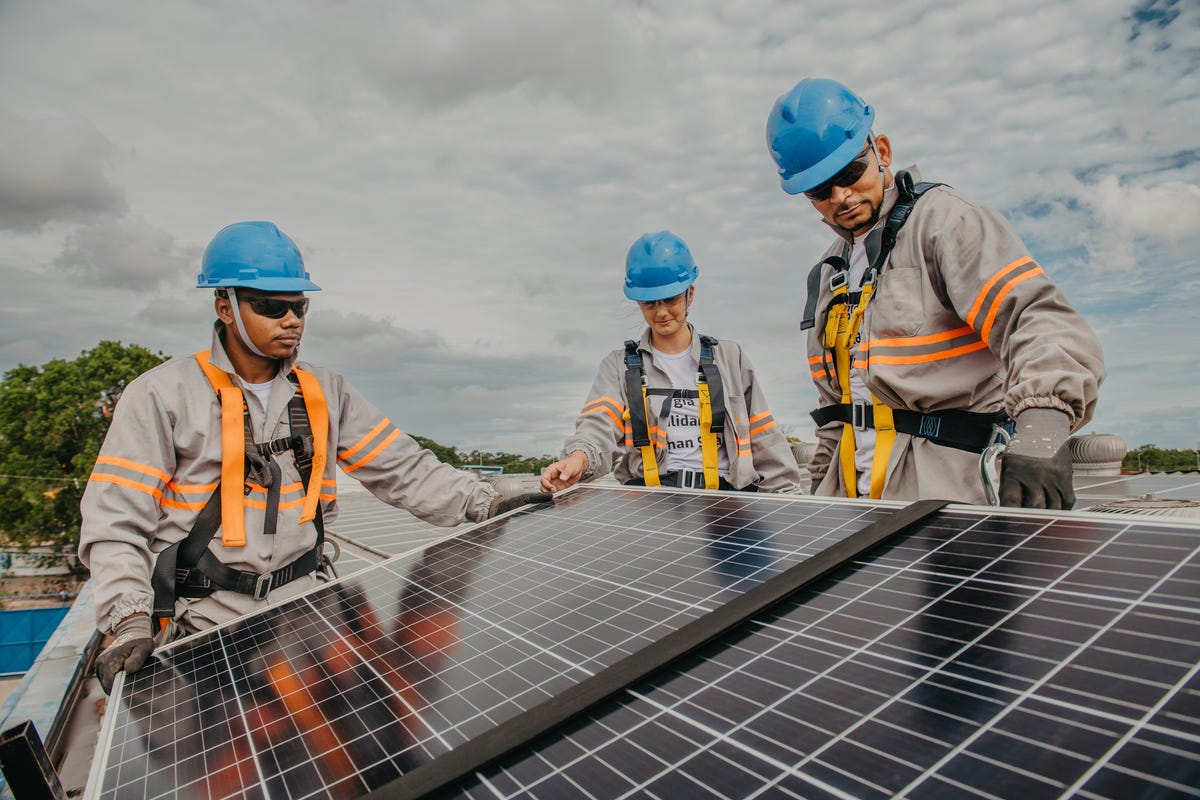Solar Power Company Near Me: Our Firm Specializes In The Setup And Management Of Photovoltaic Energy Systems
History and Development of Solar Panel Companies
The creation of solar panel companies can be traced back to the 1800s when Alexandre Edmond Becquerel found the photovoltaic effect. Would he have thought of how his discovery would reinvent the way we harness energy?
Early Starts

In 1954, Bell Labs developed the first useful solar battery. This marked a significant milestone in the history of solar energy. They were at first utilized to power area satellites, but who understood this was just the beginning?
Evolution and Growth
- In the 1970s, an energy crisis caused increased interest in eco-friendly energy sources, consisting of solar power.
- By the 1990s, improvements in innovation and increasing ecological awareness led to the growth of photovoltaic panel business globally.
A New Era
As we got in the 21st century, the solar market experienced an exponential development. The demand for clean and eco-friendly energy caused a new period in the photovoltaic panel market.
Remarkable Realities
- The world's very first solar energy station was built in 1982 in Hisperia, California.
- By 2019, solar energy had ended up being the world's fastest-growing source of power.
Undoubtedly, the journey of photovoltaic panel companies has been impressive, hasn't it? The future holds immense capacity, with constant improvements leading the way for a sustainable future. Can we imagine a world powered completely by solar power?
Progressing
Today, photovoltaic panel companies continue to innovate, making every effort for more efficient and economical services. The development of solar energy has come a long way, and yet, the journey has simply started.
The Core of Photovoltaic Panel Production
Ever question what enters into creating those shiny, sun-loving photovoltaic panels? The procedure is as excellent as the end product (Solar Panel Installation Pennsylvania). High-purity silicon, the primary component in solar panels, undergoes different improvements to ensure its performance and toughness
From Sand to Silicon
Crystalline silicon, the foundation of the majority of photovoltaic panels, stems from basic sand. It's a remarkable journey, isn't it? The sand goes through a high-temperature response with carbon to form silicon. This isn't just any silicon. The silicon utilized in photovoltaic panels is "solar-grade," with a purity of 99.9999%. It's this purity that enables the panels to effectively convert sunshine into power.
Ingot Development
Once the silicon is pure enough, it's time to form ingots. Picture a big, cylindrical block of strong silicon. How is this accomplished? Through a process called Czochralski procedure, where the silicon is melted and then slowly recrystallized. It's a sluggish dance of science, leading to a solid item that is practically as pure as the raw silicon itself.
Slicing into Wafers
The ingots are then sliced into wafer-thin pieces, like slicing a loaf of bread. Each piece is a prospective solar battery, waiting to harness the power of the sun. Did you understand that the silicon wafers are only about 200 micrometers thick? That has to do with half the thickness of a human hair! The procedure requires accuracy and patience, but the result is a set of wafers all set to be become solar batteries.
Developing Solar Cells
With the wafer ready, it's time for the magic to happen. The silicon wafer is 'doped' with other elements like phosphorous and boron to develop an internal electric field. It's this field that makes it possible for the conversion of sunlight into electrical power. Complex, isn't it?
Assembly and Quality Control
Solar cells are like puzzle pieces that come together to form a solar panel. The cells are soldered together in a grid-like pattern, then covered with a protective layer of glass. The last action involves rigorous quality control checks. After all, it's vital that every solar panel carries out at its peak, would not you agree?
Insider Tip
Constantly remember that even the most optimally made photovoltaic panel can lose performance due to dirt and debris build-up. Regular cleaning can significantly improve your panels' performance.
Comprehending the Environmental Impact of Solar Panel Business
Ever contemplated the ecological footprint of a solar panel company? Green technology, such as solar, has changed our energy landscape, but what about the behind-the-scenes impact?
The Production Process: A Double-Edged Sword
The manufacturing process for photovoltaic panels demands a significant amount of energy. This process, understood as 'em bodied energy', can be considered as a kind of 'energy financial obligation'. It's a little like obtaining today's sunshine to power tomorrow's energy needs. But stress not, the energy repayment time is frequently much shorter than you 'd think!
- The energy repayment period for photovoltaic panels is normally 1-4 years.
- After this period, the energy produced is essentially carbon-free.

Life After Decommission
And what takes place when a photovoltaic panel reaches the end of its life expectancy? Can it just be tossed into the trash? No, that would not be very green, now, would it?
A viable service is recycling. While photovoltaic panel recycling is still in its infancy, it holds a world of potential. Recycling not only keeps products out of garbage dumps however likewise lowers the requirement for brand-new basic materials.
Responsible Sourcing: More Than A Buzzword
Where does the silicon originated from, you ask? Sadly, the industry's demand for silicon and uncommon minerals can lead to harmful mining practices. Accountable sourcing is for that reason crucial to decrease hazardous environmental effects.
Minimized Carbon Emissions: The Larger Picture
Let's not forget the larger image: solar energy significantly minimizes carbon emissions. Once set up, solar panels produce clean, renewable resource, offsetting their preliminary manufacturing footprint.
In other copyright, the ecological effect of photovoltaic panel business is an intricate issue. Nevertheless, with accountable practices, the pledge of a cleaner, greener future is well within our grasp.

Financial Efficiency and Market Share of Solar Panel Companies
Ever wondered why some solar panel business - Solar Panel Company outperform others in the market? What sets them apart? The key depend on their financial efficiency and market share
Financial Performance: A Crucial Indicator
Financial efficiency plays an essential role in the success of any service. For solar panel business, it's no various. Strong financial performance enables these companies to invest in innovative innovation, here research study, and advancement, thereby developing top quality, efficient photovoltaic panels.
How do they achieve this? With a focus on cost efficiency and tactical financial investments. Business that manage to lower production expenses without compromising on quality tend to fare better in the market.
Market Share: A Procedure of Success
Market share, on the other hand, is a direct reflection of a business's popularity among customers. A high market share indicates more house owners are picking their photovoltaic panels over rivals.
What's the secret dish for getting a larger market share? It comes down to customer fulfillment and brand name credibility. Companies that prioritize client needs and preserve a favorable brand image are more likely to record a larger share of the market.
- Customer Satisfaction: Photovoltaic panel business that provide reliable products and extraordinary client service tend to have greater customer satisfaction rates.
- Brand name Track record: A strong brand name track record is built over time through constant shipment of quality products and services.
Financial Performance and Market Share: The Symbiotic Relationship
Surprisingly, the relationship in between monetary performance and market share is not one-sided. They feed off each other. A strong monetary efficiency can increase a business's market share, while a high market share can enhance financial efficiency.
As a photovoltaic panel company, stabilizing these two elements is important for long-lasting success. A business that neglects either of them may find it difficult to maintain its position in the competitive solar market.
The Takeaway
So, what does all this mean for you? Whether you're a property owner seeking to set up solar panels or an investor eyeing the solar industry, understanding the financial performance and market share of solar panel companies is vital. They are key indications of a business's health and potential for future development.